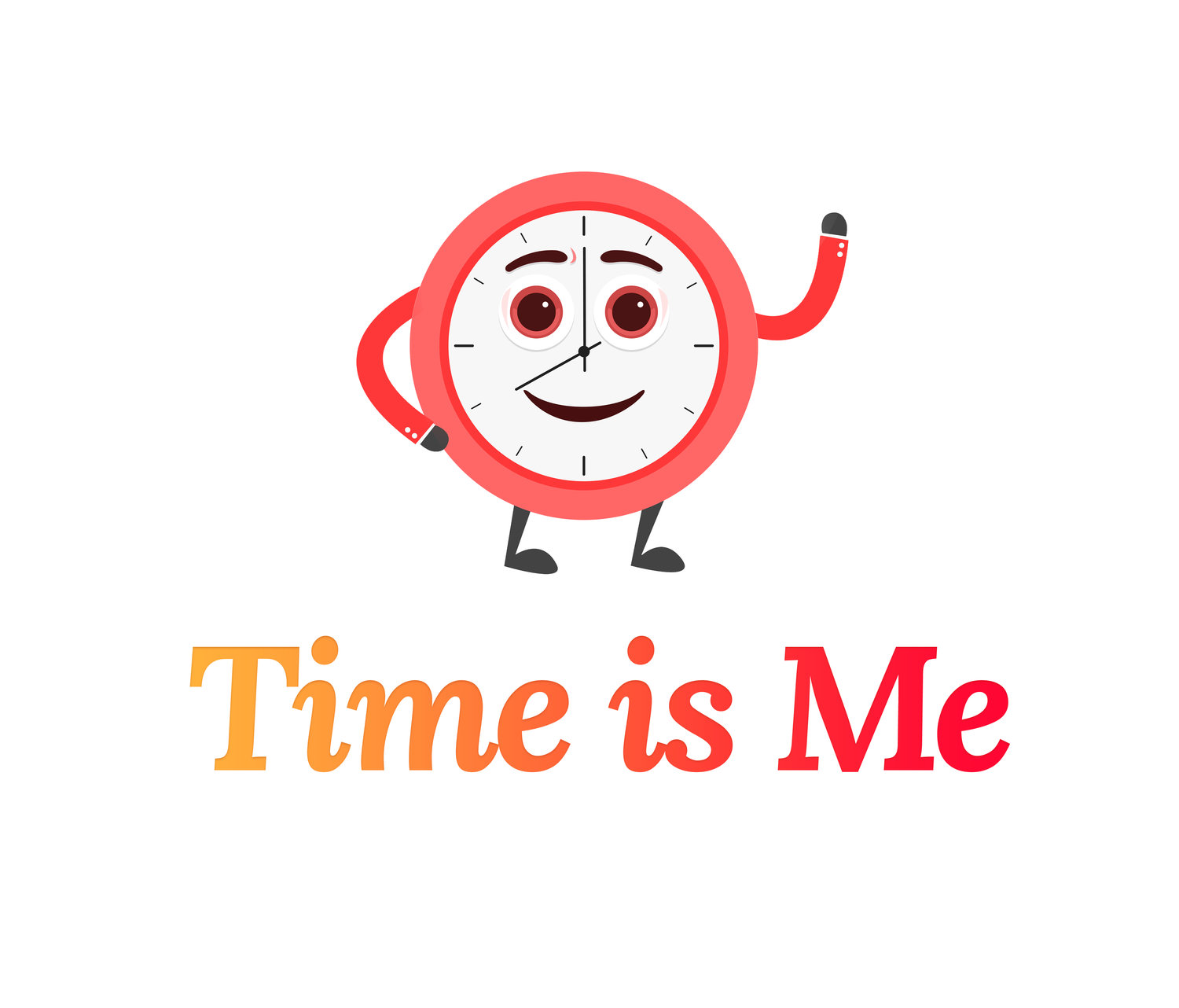Below you will find a list that I created in 2006 and I originally used it to measure my degree of busyness and how it affected my life and productivity in general. As you can see the earlier stages define times when there is not very much to do and which demonstrates that too much free time is not really good thing. The most ideal stage is #3. Often we get stressed and get another sweet spot of productivity in which I mention in stages 6 and 7; however, these stages are frequently very short-lived as defined below. Anything after is too much and can go all the way to the point of a nervous breakdown. The highest stage I have ever personally reached is level 8, but not too much frequently. I have seen levels 6 and 7 several times.
- Not busy, hardly anything to do. Boredom is likely, an excess of free time
- There is enough to do to be content, but still a lot of free time
- Have enough to do to stay active and content. The ideal level of busyness yielding the highest level of productivity
- A little too much to do, seems a little overwhelming. Some things need to be sacrificed or put off to achieve the highest priorities.
- Too much to do, you are getting worn out. You need a break! Unrelaxed and worrying about completing tasks and may not be able to do them. Fatigue results from high stress and inadequate sleep
- A burst of energy and adrenaline to complete tasks even without adequate sleep. This is a short-lived phase.
- Very productive, yet very worn out and fatigue. This phase is also very short lived
- Very worn out and it is impossible to do everything, a lack of sleep and cannot function as normal.
- Too much to do for even half the sleep that you typically require, function poorly
- No time to sleep - functionality deteriorates quickly
- Nervous Breakdown
Since this is short-term busyness rather than long-term busyness, changing stages several times a week, or even within days should be fairly common. I will next discuss the stages of long-term busyness and the differences between both as well. You may even find it helpful to measure your levels of busyness for a defined period of time and keep a journal as well to see which stages you frequent the most and how you felt in the stages. Another helpful method is keeping a running tally of your stage of business and next to it assign a rating of your mood (could be 1 to 10) and see where you are most fulfilled and also check for the correlation between the stages as well. Also, helpful would be keeping track of the activities that are causing you to be at whatever level of busyness you are at. Ultimately whatever method you use that is helpful is good.
